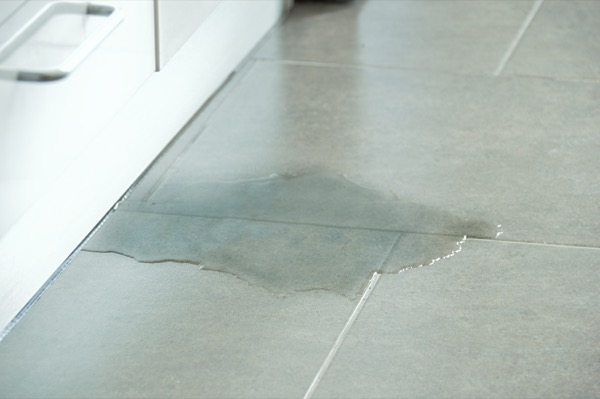When Your House Springs a Leak... | Journey Home Lending

No one likes to think about leaks in their home. But it’s a situation every homeowner needs to be prepared for.
You might think your house is safe from water leaks, or that your family is good about not wasting water. But consider these numbers:
- The average household’s leaks add up to 10,000 gallons of wasted water a year.
- Around 10% of houses have a leak that wastes 90 gallons of water or more each day.
- Resolving household water leaks can save up to 10% on your water bill.
The numbers are crazy! Which is why it’s a good idea to pay particular attention to the water used in your house.
Where Leaks Lurk
You might think that most water damage occurs as the result of external forces such as a storm. But in actuality, leaks within the house are much more common.
In our last blog, we stepped you through a few fall maintenance to-dos. Well, you can add another item to the list—it’s one that should be performed at least on a quarterly basis. Each time the season changes, take a thorough look at all the appliances in your home that use water, along with anything related to the plumbing.
Not sure where exactly to check? Start here:
Kitchen and bathroom faucets. These are a very common source of leaks, and the leak may be so small you don’t hear or see it. Look under the sink cabinet to spot (or smell) moisture.
Hot water heater. Checking your hot water heater regularly is essential. Over time, the tank and its various parts can corrode, leading to a slow leak of water from the bottom of the tank. In other, much more dangerous situations, the tank can even explode.
Toilet. This is one where you can often hear a problem. Does your toilet take forever to fill up and stop running? Constant running can be a key indicator of a leaking flapper valve. You should also check behind and around the base of the toilet for moisture or mold.
Water-based appliances. Regularly check your dishwasher, refrigerator/freezer, washing machine and HVAC unit for signs of leaking. It’s common for the seals in these devices to degrade over time, which can cause a leak—and because the appliances are often pushed back into a cabinet, you may not see the leak for a long time after it occurs.
Are you ready to purchase a home? We are here to help you every step of the way! Contact the team at Journey Home Lending today to get started.
